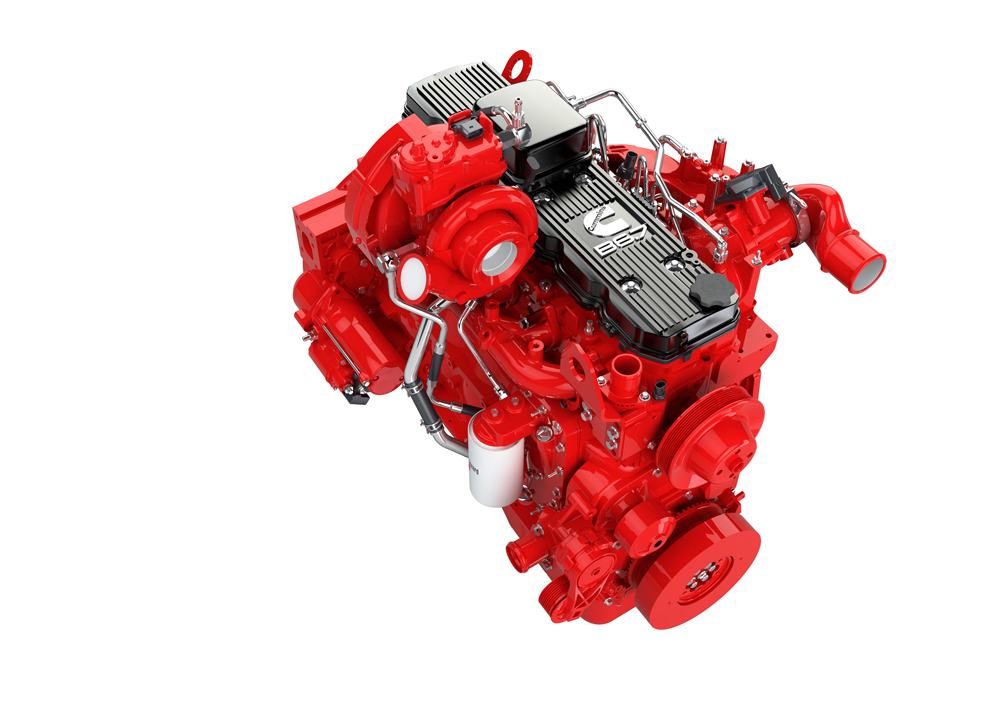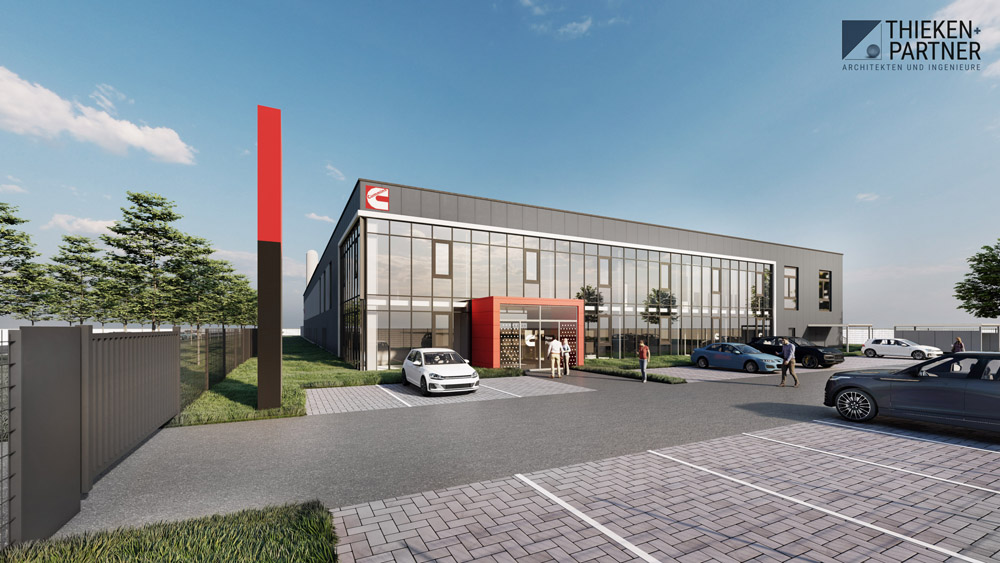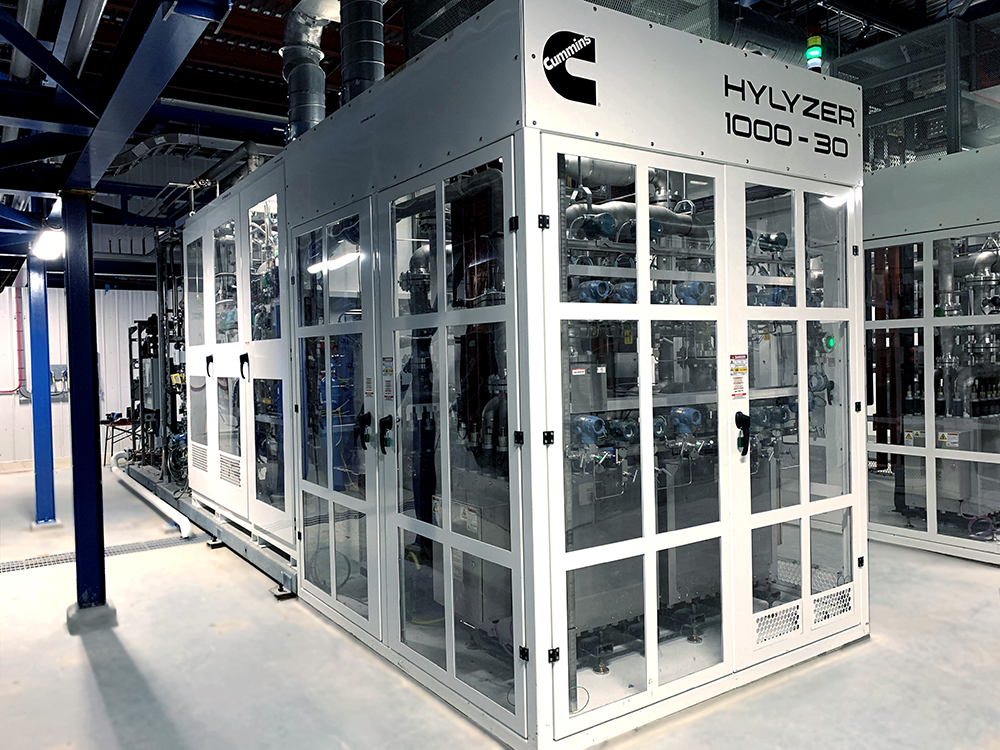
Engine maker Cummins is investing in building new factory capacity for electric powertrains as well as other components with zero emissions. The firm is sourcing US$75 million of the financing via a grant from the US Department of Energy.
This will be used to develop an area of 33,435m2 of the factory at its Columbus (Indiana) Engine Plant (CEP) for zero-emissions components and electric powertrain systems. This is the biggest ever federal grant ever awarded solely to Cummins and is part of the appropriations related to the Inflation Reduction Act.
“This DOE grant is another step forward in the progress we are making toward a zero-emissions future and expanding battery manufacturing in the United States, strengthening our global position in electrified solutions for commercial markets,” said Amy Davis, president of Accelera by Cummins. “Today’s announcement represents a crucial step in advancing electrification and domestic battery supply chains. Partnership with government, customers, and the industry as a whole is required to accelerate the shift to zero. We are proud of this milestone and to be adding clean tech jobs to develop the workforce and communities of the future.”
After the completion of this project, CEP will house approximately 350 employees focused on BEV-related work. Nearly half of the facility, which opened in 1926, will be dedicated to zero-emissions manufacturing. The electric powertrains produced at CEP will result in greenhouse gas emission reductions of approximately 104 million tonnes of carbon dioxide by 2030.
Cummins has already invested heavily in expanding its offering for low emissions and zero emissions powertrain technologies. The company has made strategic acquisitions of a number of firms making electric motors, batteries, fuel cells and electrolysis technology for hydrogen production. This latest move will further expand its capabilities in the sustainable, zero emissions powertrain segment, reinforcing its position as a leader in this increasingly important market.
The firm has already invested heavily in expanding its offering for low emissions and zero emissions powertrain technologies. Cummins has made strategic acquisitions of a number of firms making electric motors, batteries, fuel cells and electrolysis technology for hydrogen production. This latest move will further expand its capabilities in the sustainable, zero emissions powertrain segment, reinforcing its position as a leader in this increasingly important market.
Part of president Biden’s Investing in America agenda, a key pillar of Bidenomics, the US Department of Energy (DOE) has announced up to $325 million for 15 projects across 17 states and one tribal nation to accelerate the development of long-duration energy storage (LDES) technologies. Funded by president Biden’s Bipartisan Infrastructure Law, these demonstration projects will increase community control of local power systems, mitigate risks associated with disruptions to the grid, and help communities develop reliable and affordable energy systems. Today’s announcement will help DOE realise its Long Duration Storage Shot goal of reducing the cost of LDES by 90% by 2030 and supports the Biden-Harris Administration’s efforts to advance critical clean energy technologies, expand the adoption of renewable energy resources, and strengthen America’s energy security.
“As we build our clean energy future, reliable energy storage systems will play a key role in protecting communities by providing dependable sources of electricity when and where it’s needed most, particularly in the aftermath of extreme weather events or natural disasters,” said US secretary of Energy Jennifer M Granholm.












